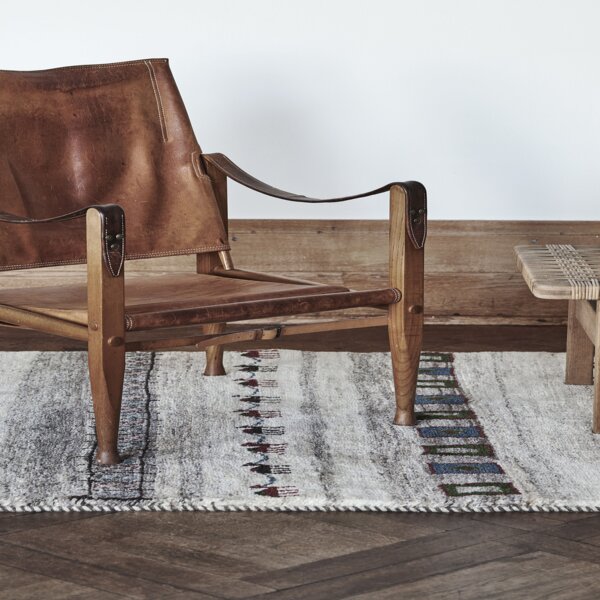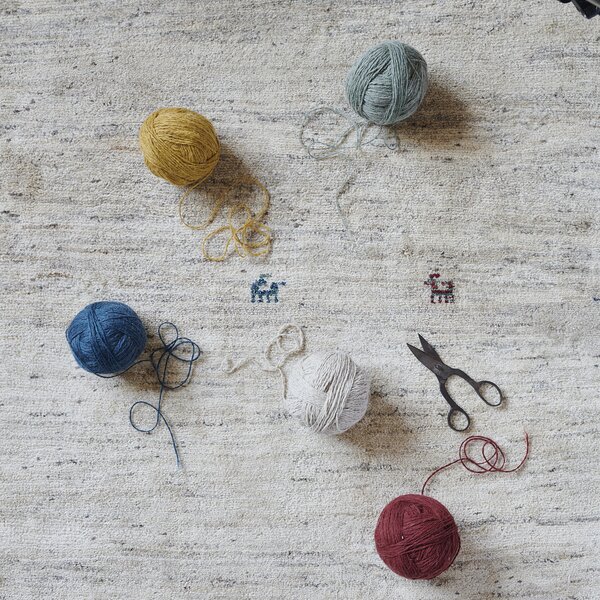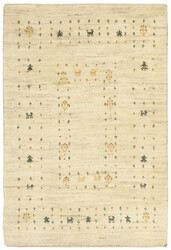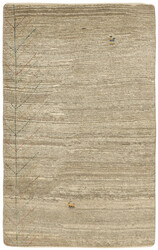The Gabbeh collection is inspired by the tradition of using a gabbeh as a sleeping pad. These thick, durable rugs fit perfectly into today’s modern interiors where people want to have items of cultural and artistic importance.
During the late 19th century, gabbeh rugs were woven by tribal weavers who live in the majestic Zagros Mountains. This mountain range (the largest in Iran) rises up to nearly 15,000ft and is often covered in snow. The Qashqai, who are the tribe most associated with weaving gabbehs, are centered in southern Iran near the historic city of Shiraz. But other tribes, such as the Lurs, the Kurds and the Bahktiari also weave these rugs The word gabbeh translates closely to unfinished or unclipped. As such, it was more of a descriptive term. Originally these rugs were woven for the weaver’s own use with the pile left much longer than normal rugs. The 19th century gabbeh rugs were very coarsely knotted with long pile. They were woven relatively quickly without the need for large looms. In addition, most of these rugs had wider rows of multiple wefts which rendered the rugs rather floppy and a pliable. This allowed for them to be used not only as floor coverings but also as wraps or bedding to help insulate against the bitter cold of the mountains. These rugs were purely indigenous and utilitarian tribal textiles that were not intended for the carpet trade.
Gabbeh Rugs
The earlier examples had rich saturated natural dye colors and bold graphic designs. Often a chain of several diamond motifs was depicted in bright primary colors. Or, more complex designs were often abstracted to their basic elements in these rugs. During the early and mid-20th century gabbeh rugs became more plain in design. Often a field of natural un-dyed wool and stylized zoomorphic designs; goats, camels, dogs, horses and donkeys and other animals were featured on these simple rugs. Most of the recent Gabbehs are bursting with colour. The weaver’s creativity is given free rein. There is nothing subtle or understated about them. The beauty of these rugs is their unmistakable uniqueness.










